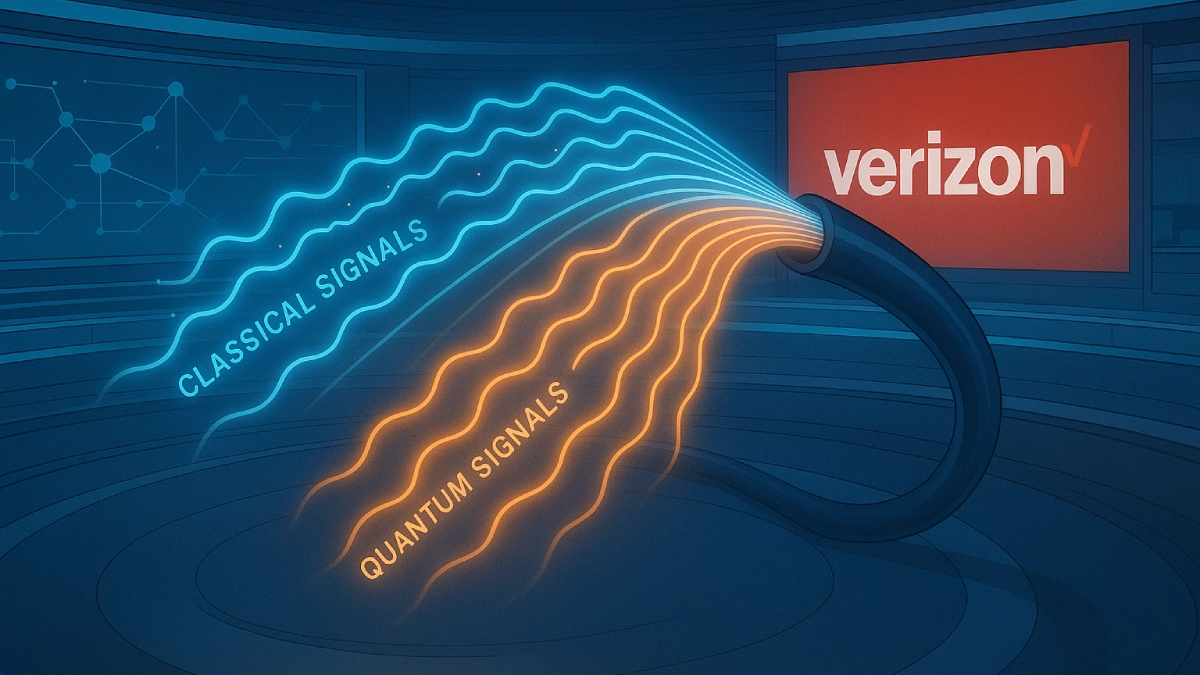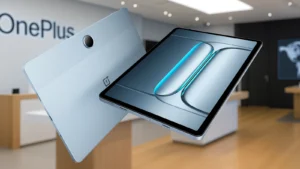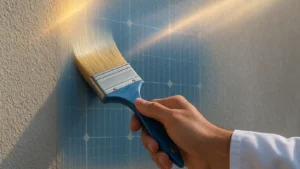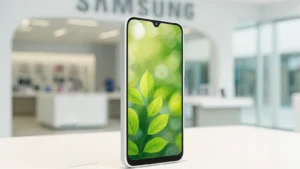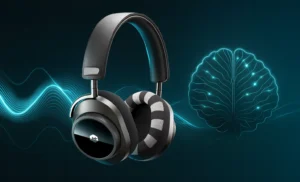The dream of a quantum internet—a network where information is transmitted through fragile quantum states—has taken a major step forward. Engineers at the University of Pennsylvania have demonstrated that quantum signals can travel across Verizon’s existing fiber network while using the same standard Internet Protocol (IP) that powers today’s web. By combining classical and quantum signals into a single hybrid packet, the team proved that quantum communication can coexist with commercial infrastructure, marking an advance that could accelerate the arrival of secure, large-scale quantum networks.
Why this breakthrough matters
For years, researchers have been chasing the idea of a quantum internet, which could transform computing, communication, and security. Unlike classical bits, which are either 0 or 1, quantum bits—or qubits—can exist in multiple states at once, enabling unprecedented computational power and unbreakable encryption.
But quantum states are fragile. They collapse if measured or disrupted, making it difficult to send them across long distances without losing fidelity. Most previous experiments relied on controlled laboratory environments or dedicated “quantum-only” networks. That’s why Penn’s success on Verizon’s live fiber matters—it shows that integration with today’s internet may be possible.
The Q-chip and hybrid packet design
At the core of the experiment is the Q-chip, a silicon photonic device designed to merge quantum and classical signals into a single packet.
- The classical part acts as a readable header, guiding the signal through routers and switches.
- The quantum part forms the payload, carrying delicate quantum information without direct measurement.
- By monitoring changes in the classical signal, the system infers errors and corrects the quantum data without collapsing it.
This “quantum payload with classical routing head” design allows the signals to move across existing infrastructure, making deployment more practical (Penn Today; Interesting Engineering).
Verizon fiber test in Philadelphia
To prove the concept, Penn engineers tested the Q-chip across one kilometer of Verizon’s commercial fiber in Philadelphia. Despite real-world noise—temperature fluctuations, vibrations, and imperfections in the cable—the system maintained over 97% fidelity.
Key findings:
- Quantum and classical data successfully coexisted in the same fiber (SciTechDaily).
- Routers could direct the signal normally using the classical “header.”
- The chip is built with standard silicon photonics, meaning it can scale using existing semiconductor manufacturing.
This marks the first time quantum information has traveled through a live telecom network using standard IP routing.
The road ahead
While promising, the experiment was limited to about 1 km of fiber. Scaling quantum communication remains difficult because, unlike classical data, quantum signals cannot be amplified without destroying their quantum state. Researchers are exploring quantum repeaters and error correction to extend the range.
Potential future impacts include:
- Quantum-secure communication: Virtually unhackable encryption through quantum key distribution.
- Linked quantum computers: A network of quantum processors working together as one.
- Incremental rollout: Because it uses existing internet infrastructure, the technology could spread faster and cheaper than previously thought (Tom’s Hardware).
This moment may echo the early days of the classical internet, when small-scale university tests hinted at a global communication revolution.
Frequently Asked Questions (FAQs)
Q1. What is the Q-chip?
The Q-chip is a silicon photonic device that binds classical and quantum signals into a single packet. It allows routing through existing internet hardware without disturbing the quantum data.
Q2. Why can’t quantum signals be amplified like regular internet signals?
Quantum states collapse when measured, so amplifying them destroys the information. Researchers are developing “quantum repeaters” that can extend distances without direct measurement.
Q3. What could a quantum internet be used for?
A quantum internet could enable secure communication, distributed quantum computing, and new scientific applications that classical networks cannot handle.
Conclusion
Penn engineers have shown that quantum signals can travel across Verizon’s live fiber network using standard internet protocols. While the road to a global quantum internet is still long, this breakthrough demonstrates that future networks may not require a separate quantum infrastructure. Instead, the world’s existing internet backbone could one day carry both classical and quantum information side by side.
Key takeaway: Quantum and classical signals can now share the same internet—bringing the quantum internet closer to reality.
Last Updated on October 18, 2025 by Lucy
